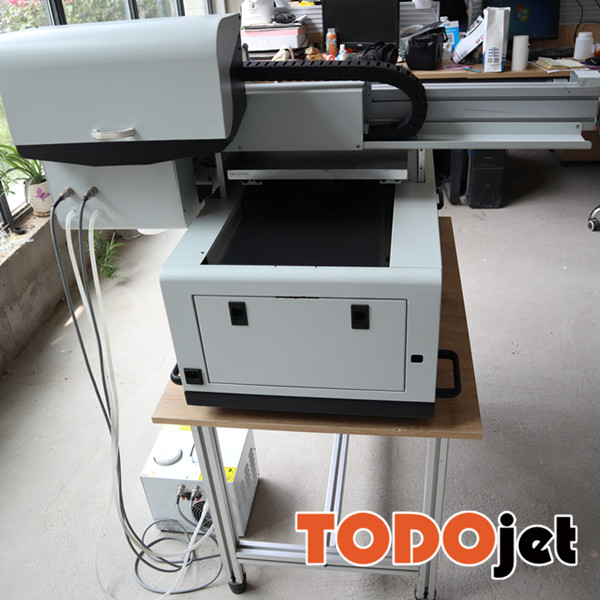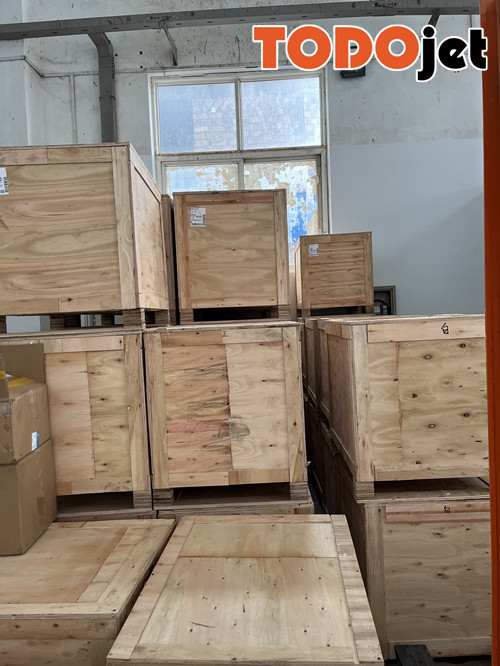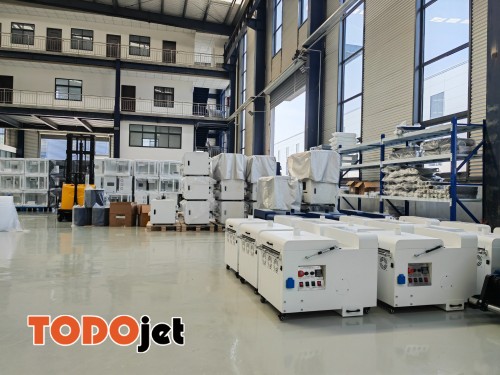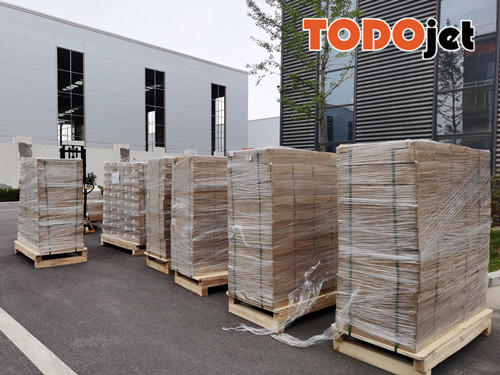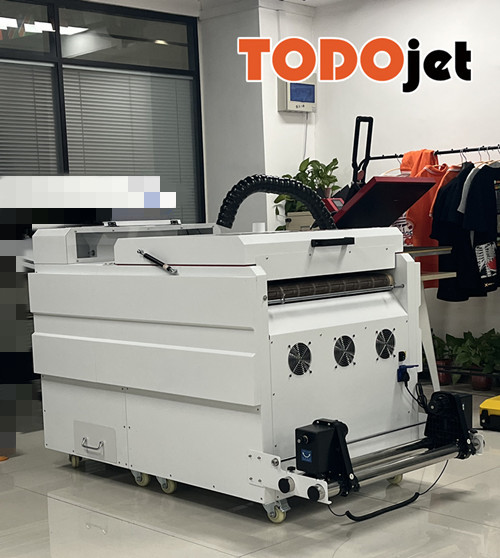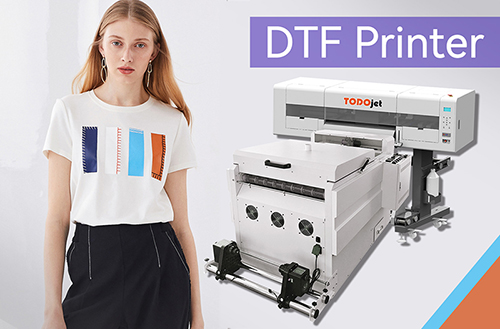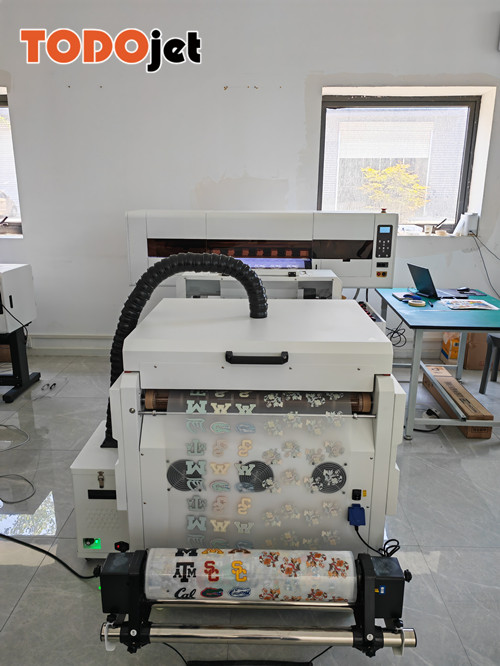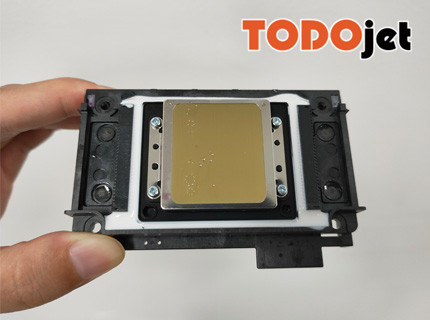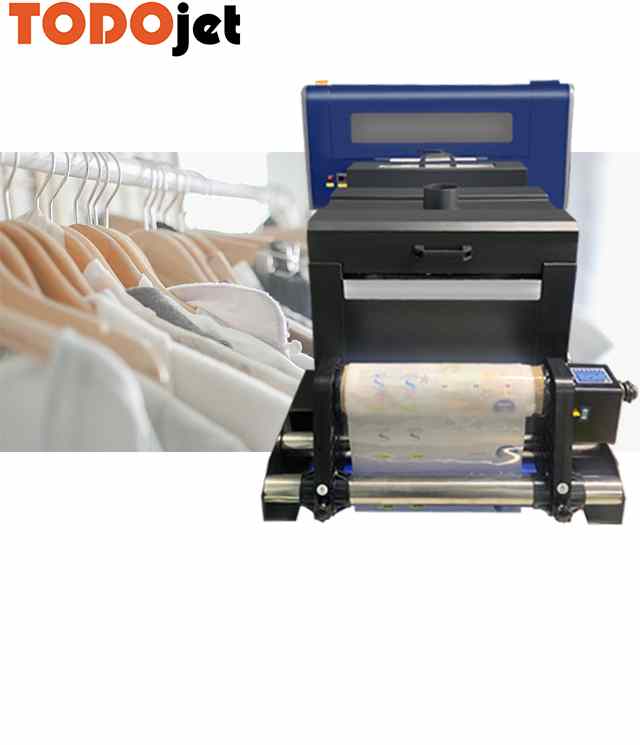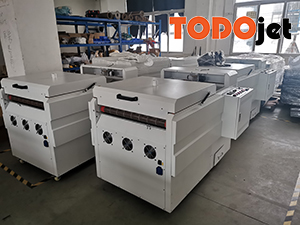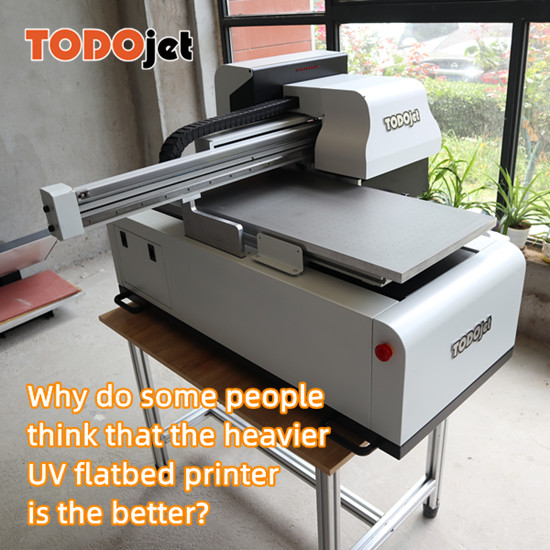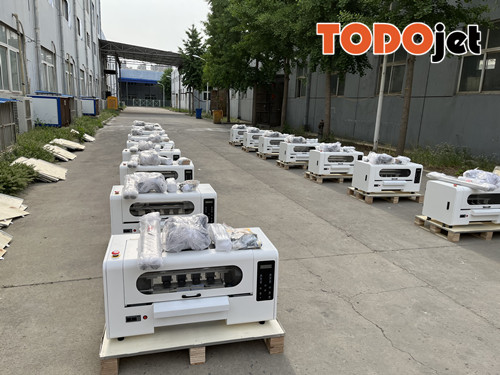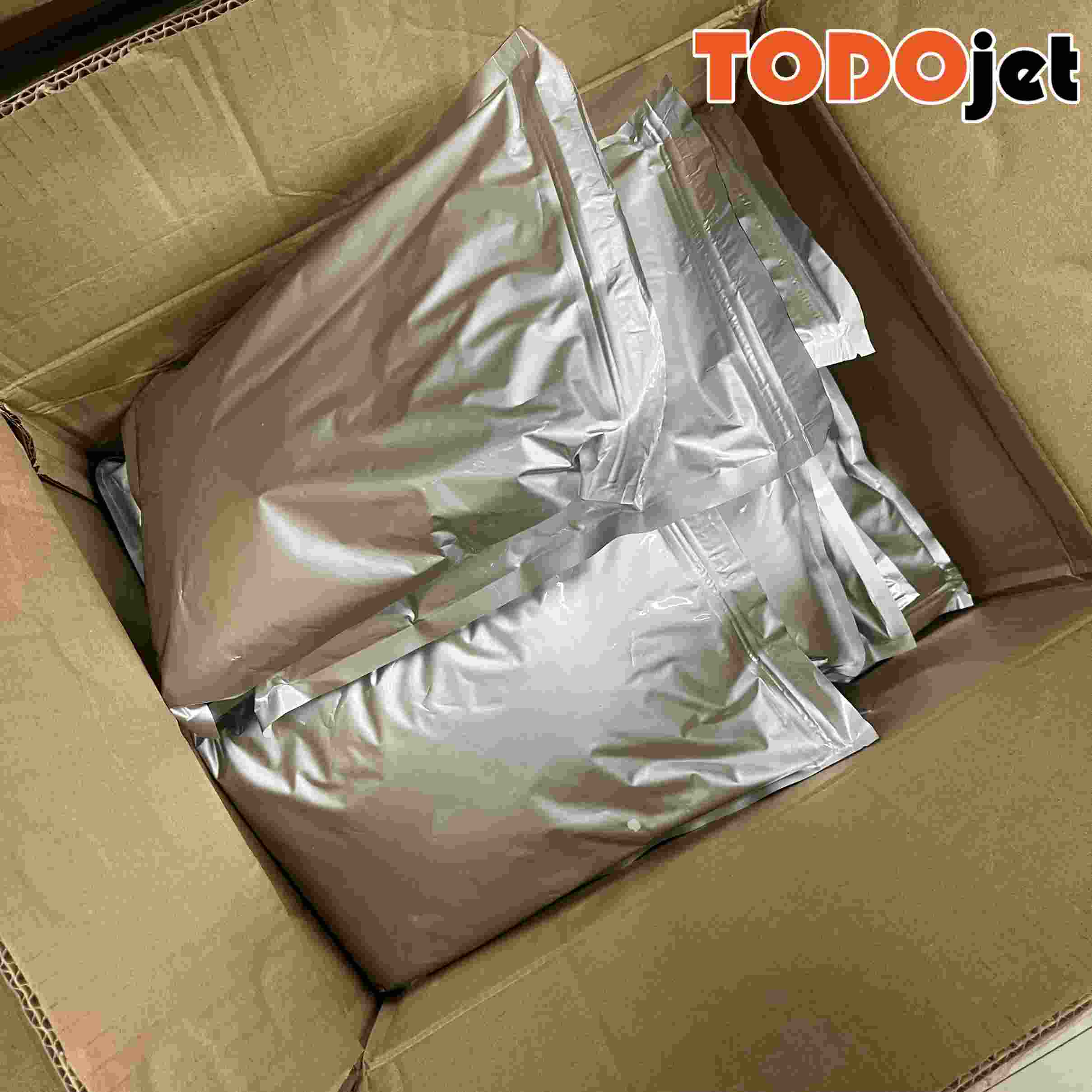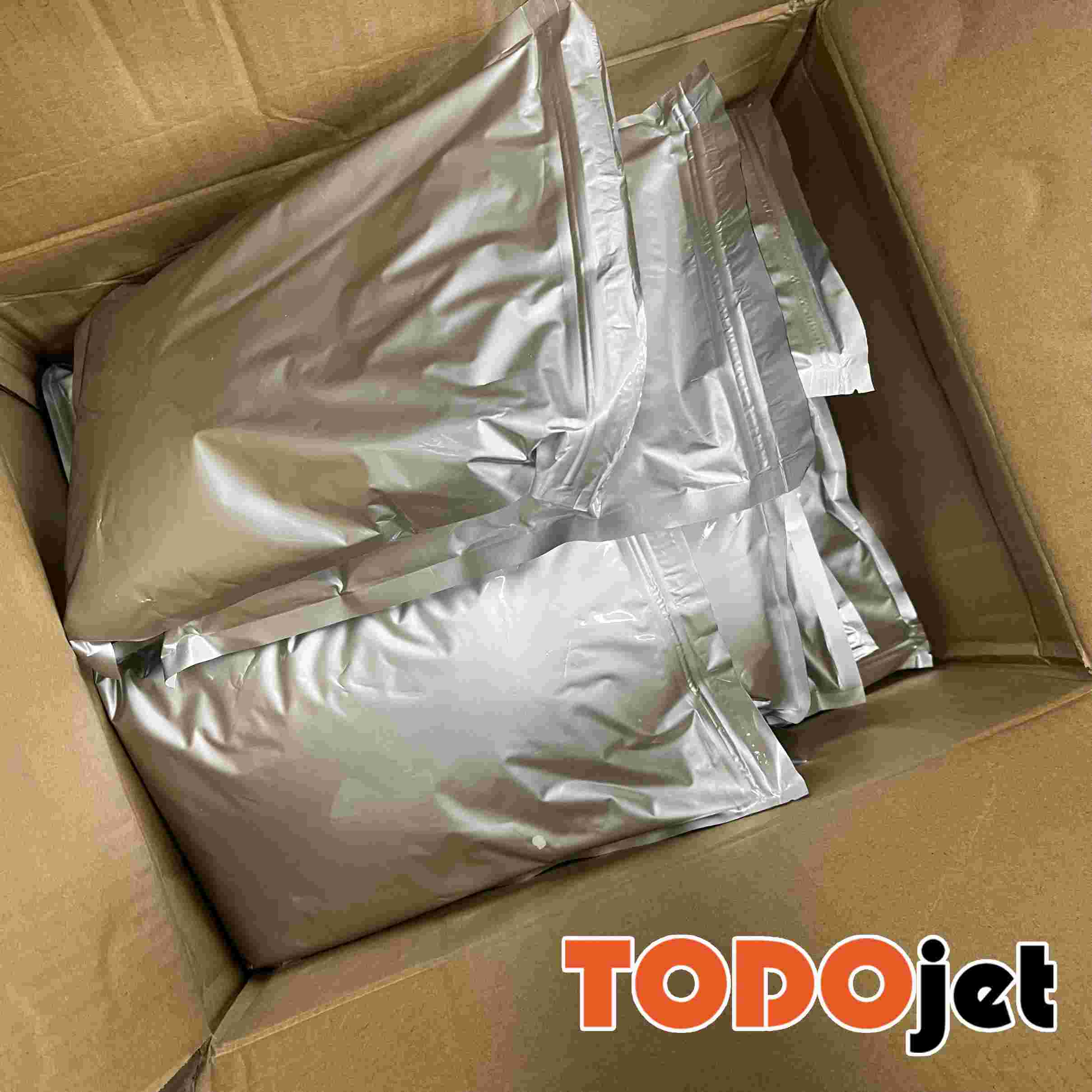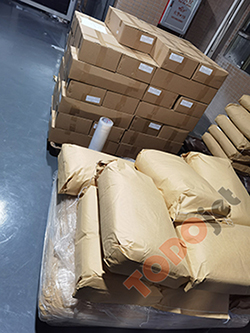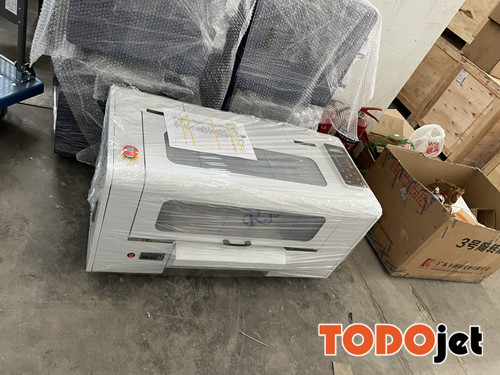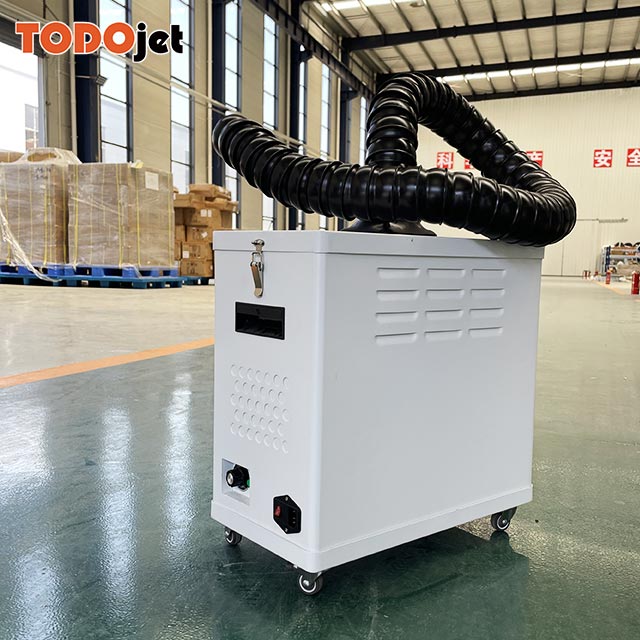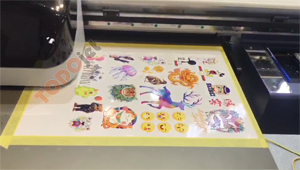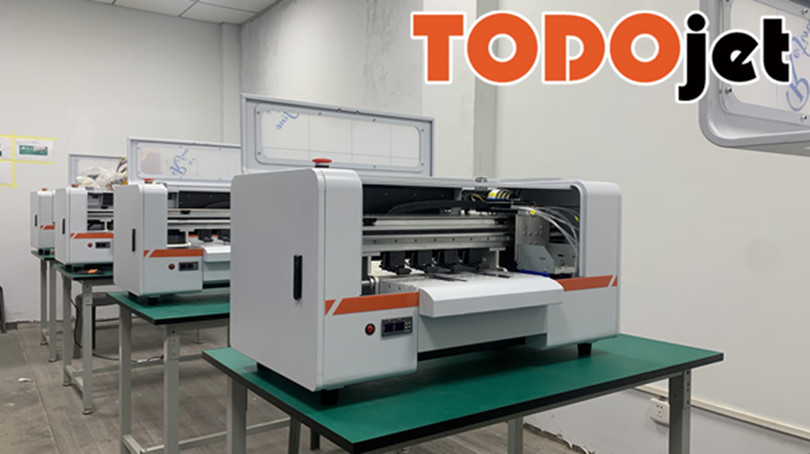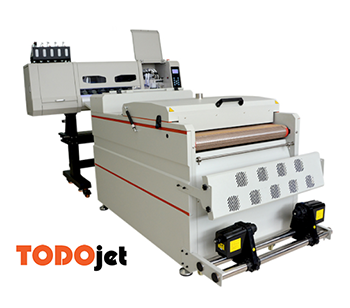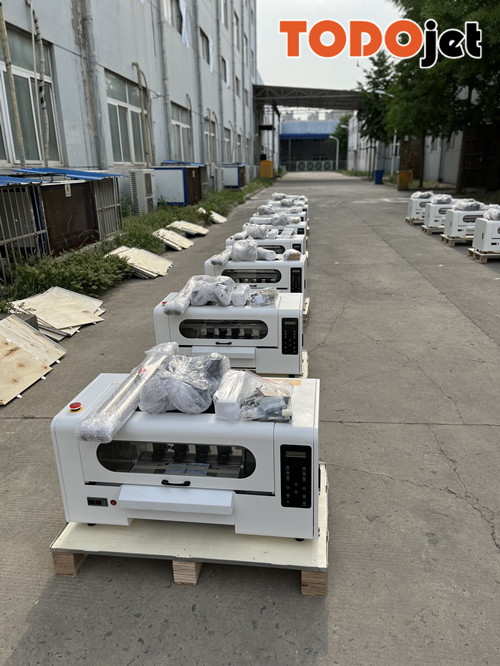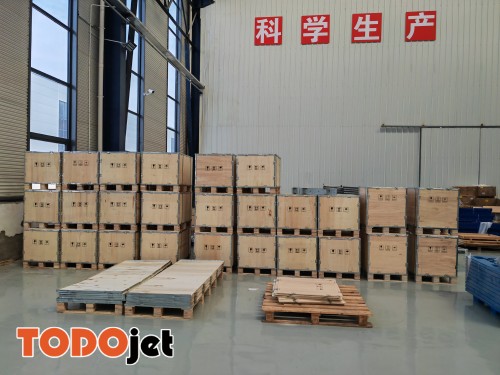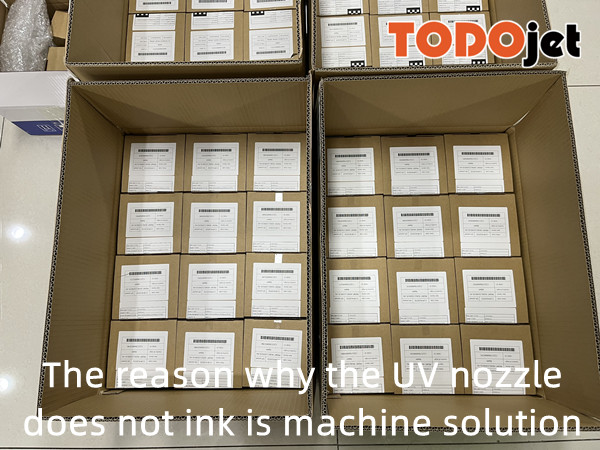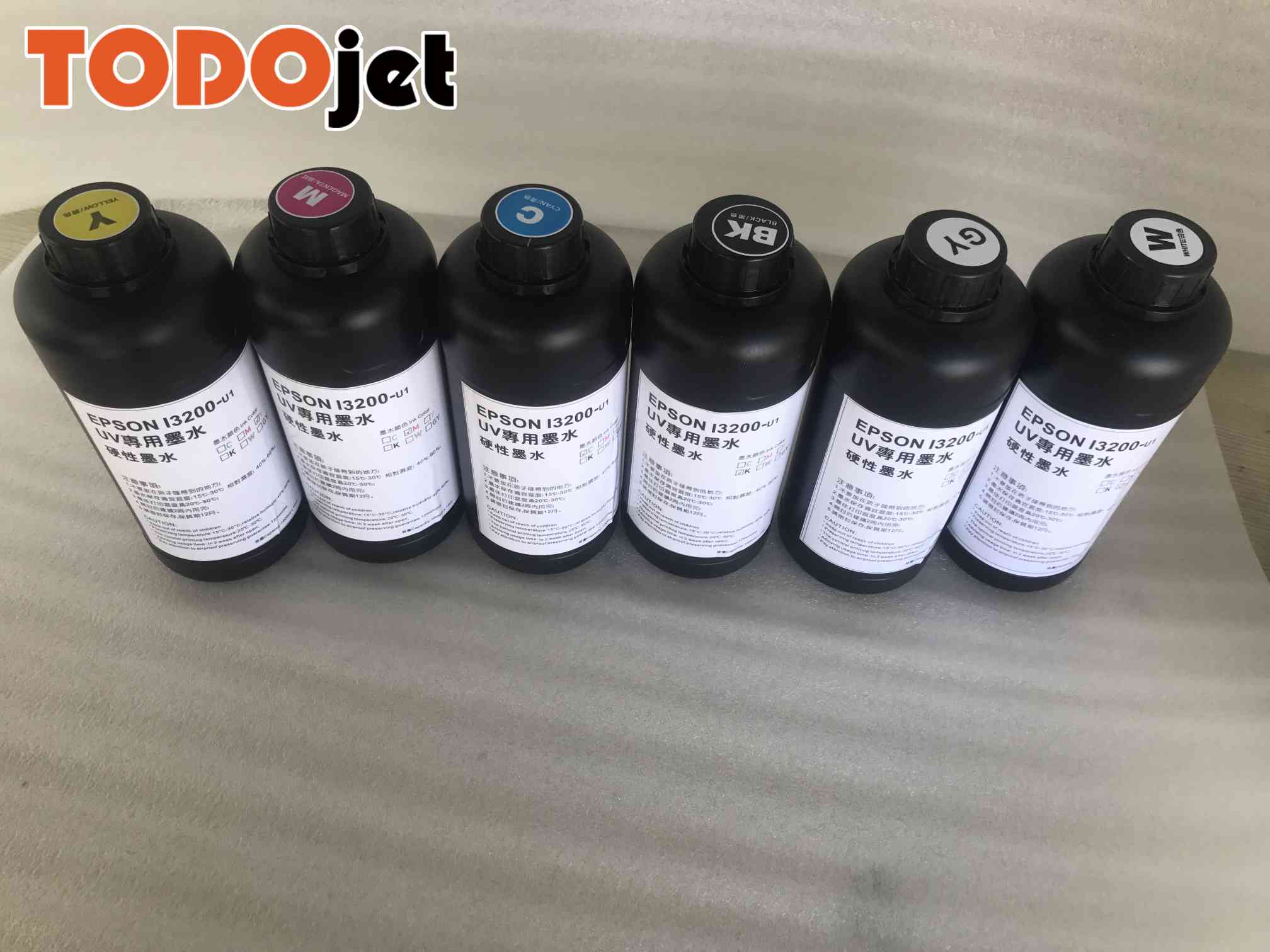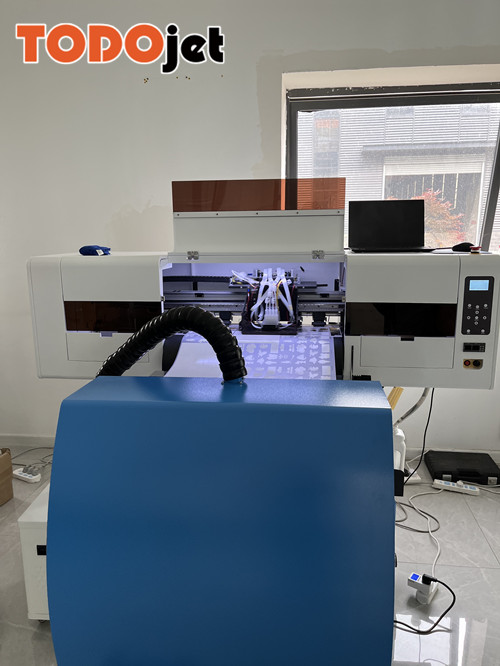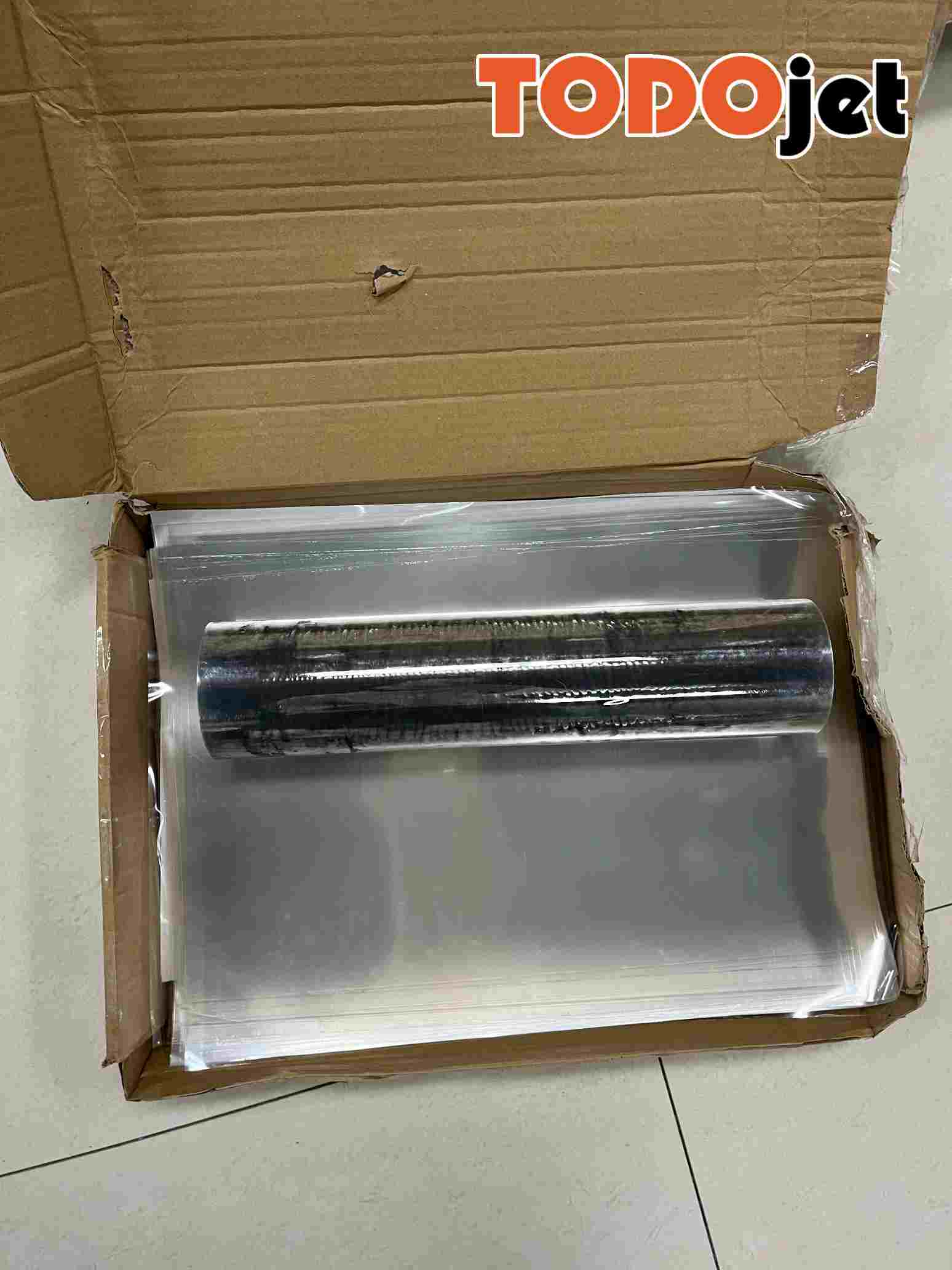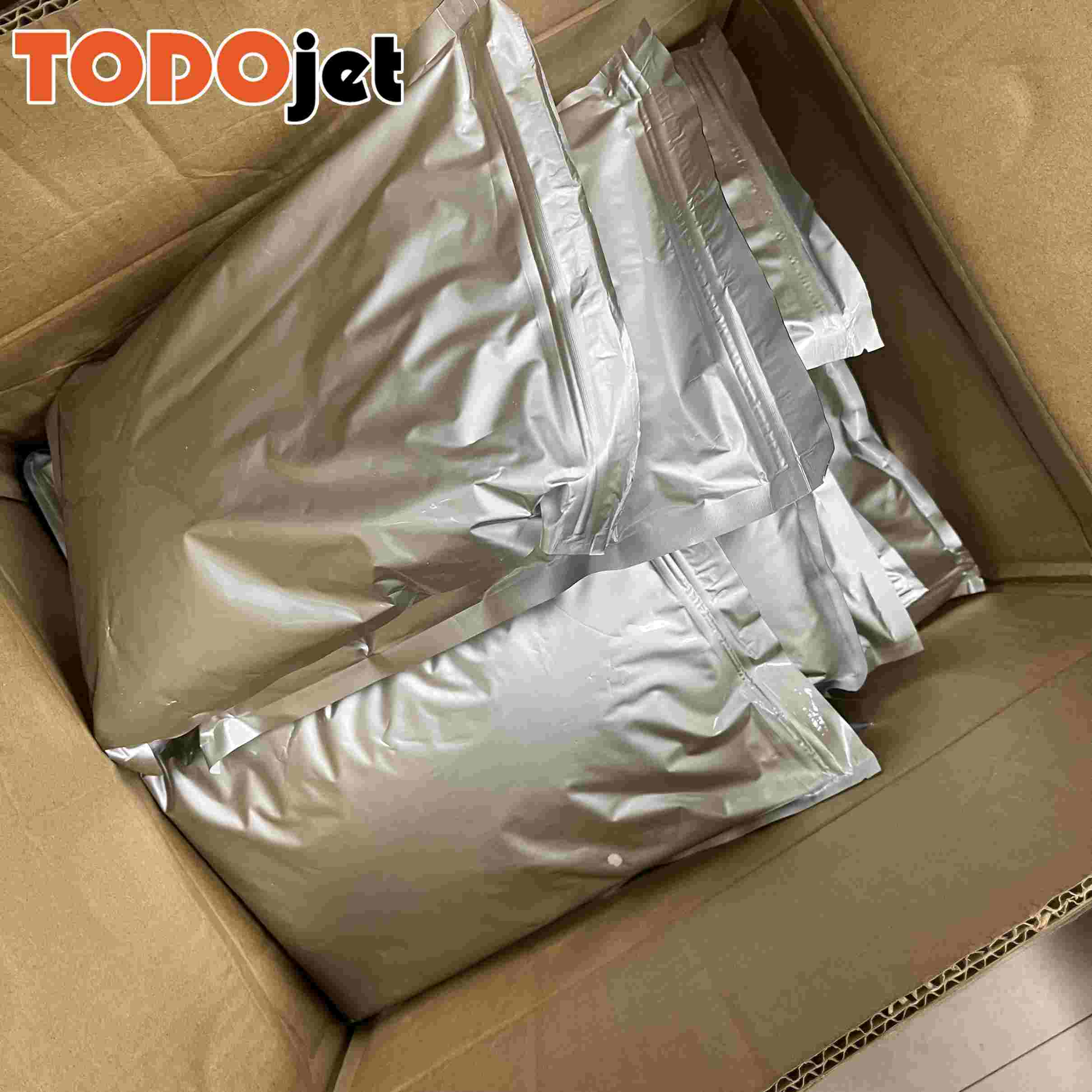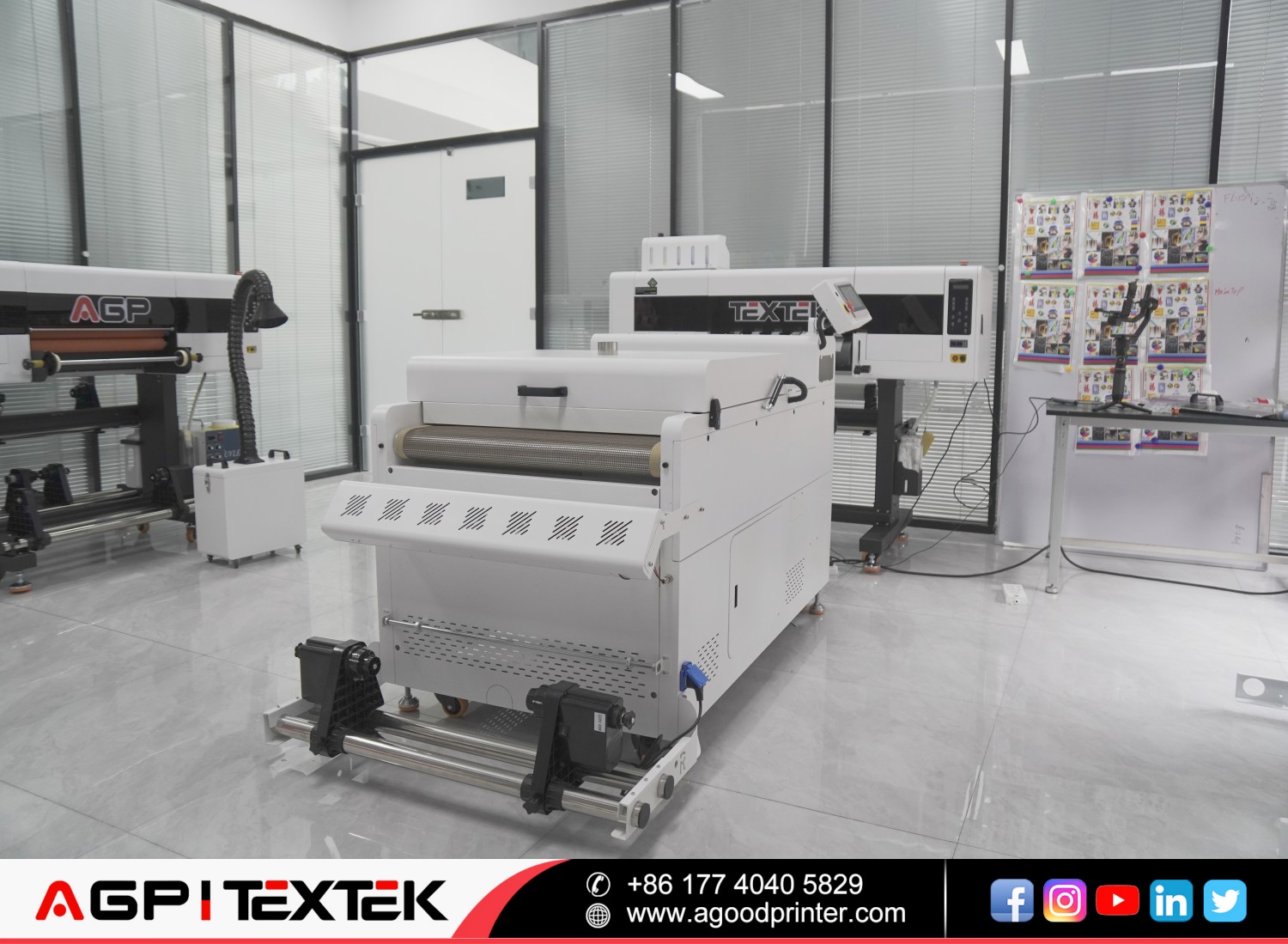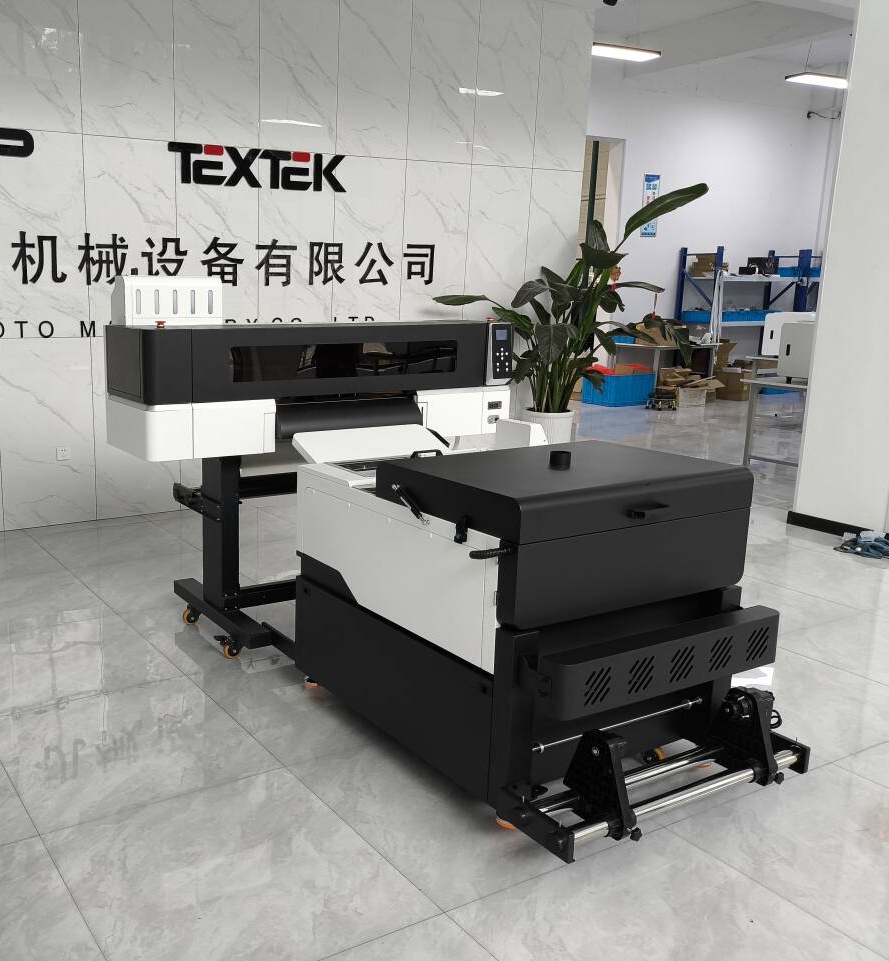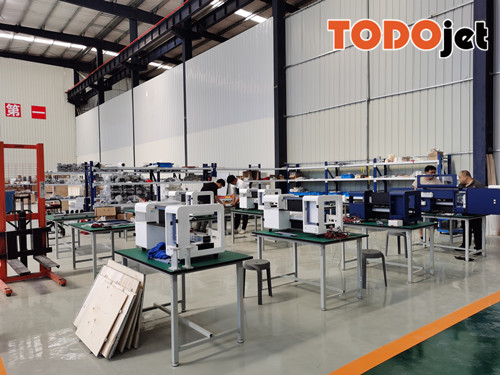Three misunderstandings about the printing speed of UV flatbed printers
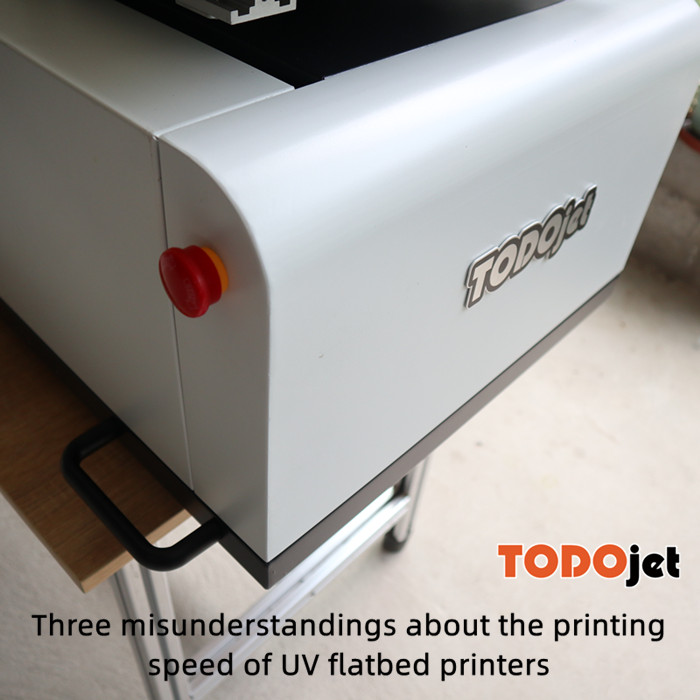
There are three main misunderstandings in the speed of UV flatbed printers: theoretical speed, speed in different modes, and actual production speed. What needs to be understood is that the speed in most sales man mouths only refers to the theoretical speed. A few professionals will mention the speed in different modes, but these are not the actual production speeds. The gap in the middle is at least Times to calculate.
UV flatbed printer theoretical speed:
Refers to the printing speed that the device can achieve in the extreme mode, regardless of accuracy, manual loading and unloading, and can only be achieved in a special printing mode. For example: I often hear some people say that one hour can make up to 60 square meters, 80 square meters, etc. This is impossible to achieve.
Speed of UV flatbed printer in different modes:
Refers to the speed in the several-pass printing mode, which is actually inaccurate. Although the larger the pass value, the slower the speed, but the factors affecting the feathering amount, one-way and two-way, loading and unloading, rubbing the coating or alcohol and other time, the actual printing is basically impossible to achieve.
UV flatbed printer actual printing speed:
Refers to the printing speed that is considered in the actual production process in consideration of accuracy, manual loading and unloading, and wiping of alcohol or coating.
There is a relatively simple calculation formula: theoretical speed divided by 2 = printing speed in production mode divided by 2 = actual printing speed. For example: the theoretical speed is 40 square meters per hour, the production mode is 20 square meters, the actual printing speed is 10 square meters per hour, and there will be 10% -15% in and out.
There are three main factors affecting the actual printing speed of UV flatbed printers:
1. Loading and unloading time: Calculated based on a standard board in the advertising industry. It usually takes 4 minutes to lift up, align, and take down the printed material. Assuming a speed of 16㎡per hour under the production model of the 2513 UV flatbed printer, it takes about 12 minutes to calculate a standard board. Adding 4 minutes of manual loading and unloading operations equals 16 minutes. Less than 4 standard plates can be printed in an hour.
2. Prepress processing: some materials need to be wiped before printing, some need flame treatment, some need to be wiped with alcohol, etc. These will affect the actual printing speed of UV flatbed printers, and these cannot be ignored.
3. The stability of the machine and the technical level of the personnel: The former is mainly controlled by the manufacturer. There is a big gap between different manufacturers. Some cheap UV flatbed printers are small repaired in three days and big repaired in five days. Some can be repaired in 2 to 3 months. Personnel’s technical level: drawing efficiency, software operation efficiency, etc. It is recommended to choose skilled technicians, so the scrap rate will also be reduced a lot.
How to increase the actual printing speed of UV flatbed printer as much as possible:
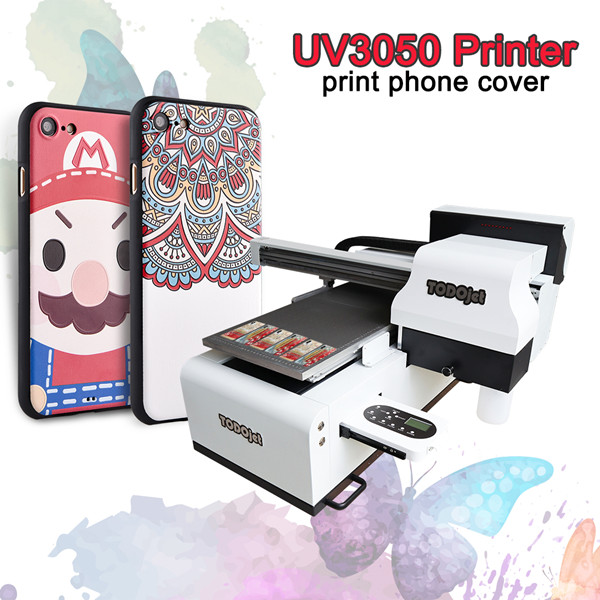
1. The configuration of upgrading the UV flatbed printer includes not limited to: increasing the speed of the print head, replacing the print head with higher performance, selecting the dual-row printing mode, etc .;
2. Select a larger format device so that when the UV flatbed printer prints a full part, the processing of the subsequent materials is performed simultaneously. In this way, if the material is printed on the rear part, the material on the front part is replaced to achieve continuous printing.
3. Detailed operation: Choose a reasonable printing mode, feathering setting, drawing efficiency, etc. These are greatly affected by the level of different UV flatbed printer technicians.

